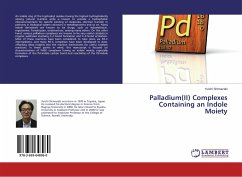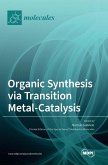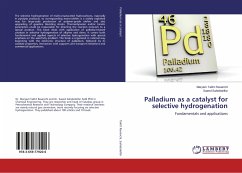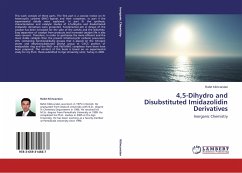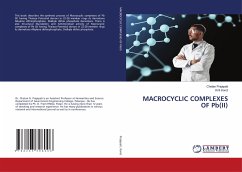An indole ring of the tryptophyl residue having the highest hydrophobicity among natural -amino acids is known to provide a hydrophobic microenvironment for specific binding of molecules, electron transfer in pathway in biological system cofactors in metalloproteins and so on. Many indole derivatives are known to be drugs, such as indomethacin, ergotamine, frovatriptan, ondansetron, among many others. On the other hand, various palladium complexes are known to be very useful catalysts in organic syntheses involving C-C bond formation and C-X bond activation. Most of these reactions have been considered to take place via Pd-C intermediates, and many Pd-C complexes have been developed to date, affording deep insights into the reaction mechanisms for useful catalytic reactions. In these points in mind, this manuscript is focused on characterization of Pd(II) complexes having an indole moiety, especially formation of the Pd-indole carbon bond and reactivities of the Pd-indole complexes.

